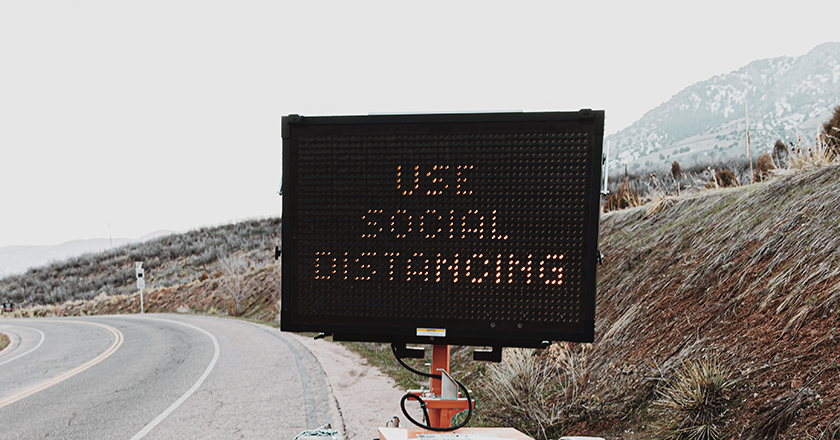As the COVID-19 lockdown continues, the question of the hour continues to be “when will things go back to normal?” Other countries, such as Germany and South Korea, have started to reopen, giving us a possible model for this process in the United States.
Society is not going to return to pre-COVID status right away. Quarantining, social distancing, and self isolation are still norms in countries that are beginning to reopen. They’re also focused on bolstering the health system, increasing testing, and relying on contact tracing.
Despite their efforts to rid their country of COVID-19 South Korea has new reported cases, according to CNN. It’s important to remember that returning to some semblance of normalcy doesn’t mean the threat of COVID-19 is behind us. “It’s not over until it’s over,” cautions South Korean President Moon Jae-in.
Fortunately there are some ways to taper COVID-19, and being prepared to adopt those policies and procedures as the curve continues to flatten is the utmost importance to the success of putting COVID-19 behind us.
Looking Towards South Korea and Germany
South Korea and Germany are reopening cautiously. They still encourage citizens to maintain social distancing and wear masks. At risk populations or sick individuals are being told to self-isolate themselves to avoid contracting COVID-19 or passing it along to someone else.
Society isn’t opening with a bang. Baseball games are still being played without fans and additional hygiene measures are being imposed in shops and schools.
CNN quotes the Centers for Disease Control and Prevention in South Korea as saying, “[the policy] should not be interpreted as implying a return to ‘normalcy’ as before the outbreak but rather as an effort to achieve both infectious disease prevention/control and everyday life.”
Balance is everything right now in Germany and South Korea. Citizens are finally getting a reprieve from the constraints of COVID-19 shut downs, but not without boundaries. One way to think of it is that these countries can “afford a bit of courage,” said Chancellor Angela Merkel, but that “we have to watch that this thing does not slip out of our hands.”
Test, Trace, Isolate
“Test, trace, isolate” said global health expert Dr. Peter Drobac. This is what South Korea and Germany are focusing on in their efforts to quell COVID-19: increased testing, contact tracing, and isolation.
Increased testing for the virus and contact tracing can help experts visualize a path of infection. If doctors and government officials have a clear picture of who has the virus and who they’ve been in contact with it’s easier to isolate infected or exposed individuals. This will help stop the spread of the virus.
Testing and contact tracing can be managed with the help of technology platforms that collect, store, and display data. Using these tools, governments and healthcare organizations can standardize testing and contact tracing procedures, and analyze the data with ease.
Isolation is also critical because it prevents the spread of COVID-19. If people are sick with COVID-19 related symptoms, if they believe they have been exposed, or if they’re a high risk population, it’s best to self isolate until they can be tested or until the curve has flattened.
Staying Vigilant
Although it’s easy to get excited for even a partial reopening of society and fall into a false sense of security, it’s important to remember that COVID-19 is still a prevalent threat. South Korea and Germany demonstrate this; despite their careful measures for reopening, there have been renewed outbreaks.
New cases have been reported in Seoul despite the country’s widely acclaimed approach to reopening. This shows us how COVID-19 is unpredictable and harder to stop than we may have realized.
This stresses the need for standardizing testing and contact tracing. We not only have to be prepared for when the curve flattens, we have to be prepared for a potential second wave.
Looking Toward the Future
Countries like South Korea and Germany set examples of what it might look like when America reopens. They have had success with widespread testing, contact tracing, and isolation.
However, COVID-19 is resilient. It is crucial to be prepared and to have processes and procedures you can count on and data collection methods that are organized in order to find success when reopening.








